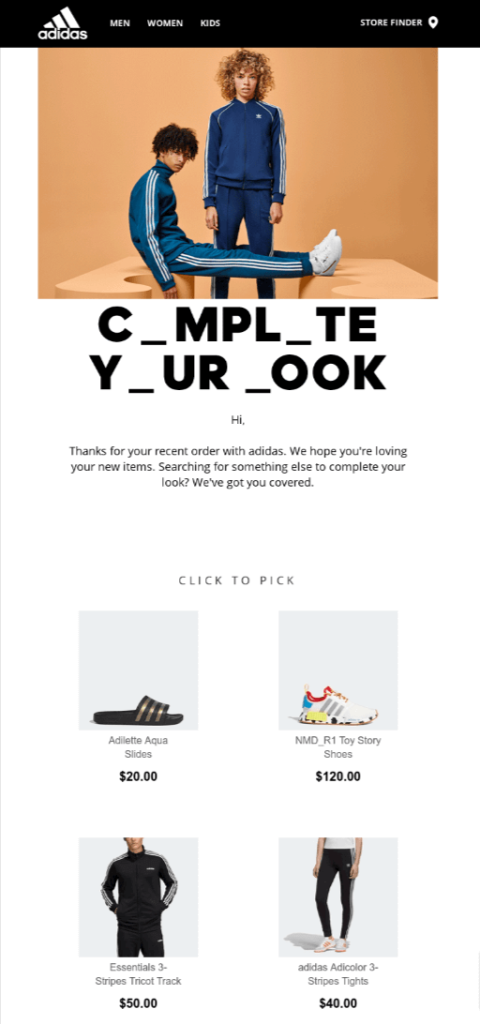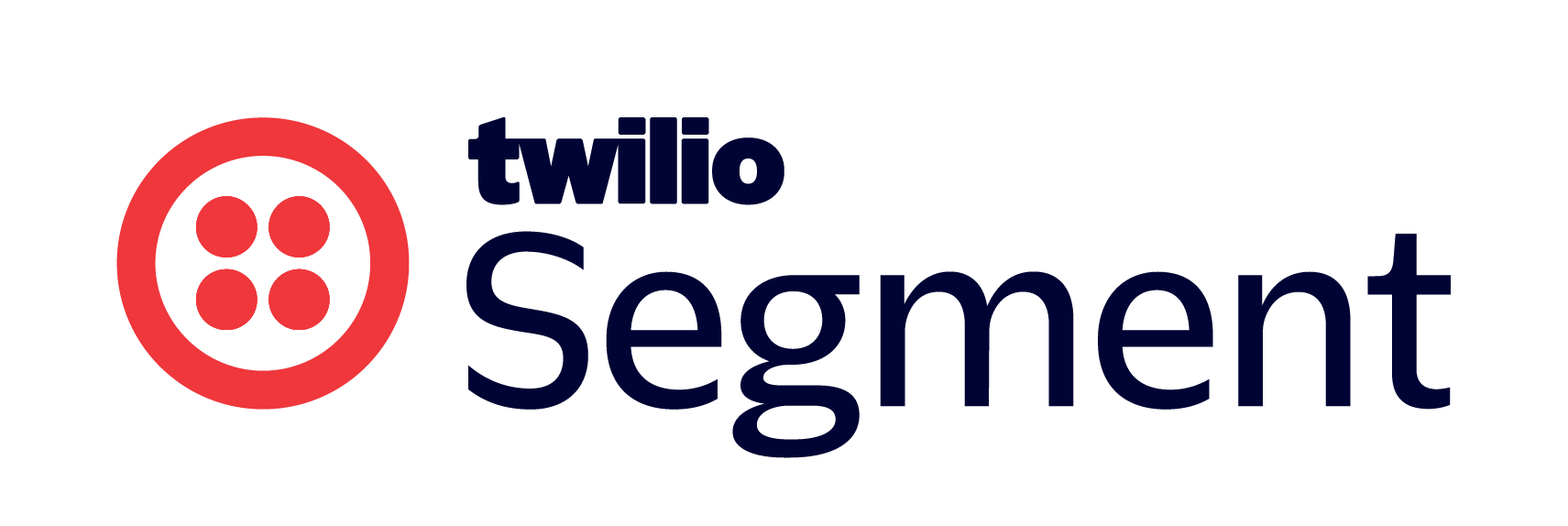How to create upsell timing campaigns based on a customer’s initial spending
Objective
Design personalized messaging to drive upsells based on a customer's initial spending to find the best time to offer them higher-tier products or services.
Desired Outcome
The goal of personalized upsell timing campaigns is to boost revenue by getting customers to upgrade to better products or services. By timing the offers based on how and when they spend, businesses can make the offers more relevant and useful. This not only helps increase sales but also improves the customer experience and strengthens their loyalty.
Step 1: Add the required Sources
In your workspace, add a new prod or dev source for your website and (optional) another for your order processing system. This should be your website where web events will be tracked and the system that captures completed orders. These sources will be responsible for collecting the required Track Events and sending them to Segment.
Sign Up or Log In to Segment
First, access the Segment platform by signing up or logging into your existing account.
Create a Source for Your Website
A source in Segment acts as the origin of data you collect, such as user interactions on your website.
- In your Segment workspace, navigate to the Sources section.
- Click the Add Source button.
- From the catalog of sources, select JavaScript (for websites) and then click Add Source.
- Provide a name for your source, e.g., "Company Website - Dev or Prod".
- Optionally, add labels for organization.
- Enter your website URL.
- Click Create Source button
Install the Segment Snippet
After creating your source, Segment will provide you with a JavaScript snippet.
- Copy the JavaScript snippet provided by Segment.
- Paste the snippet into the <head> tag of your site to install Segment.
If you need to add a source for your server, mobile app, or any other touchpoint please refer to the documentation for easy setup
Step 2: Track your events
In order to build the funnels needed to personalize campaigns, you'll need to track two key events: 'Product Added' from your website and 'Order Completed' from your server source.
- Order Completed: Manually add this event to your site (See V2 Ecommerce spec)

In this example, we're not only tracking the event 'Order Completed', but also sending additional properties like 'checkout_id', 'order_id', 'total', 'revenue', 'shipping', 'tax', and 'affiliation'. These properties provide important context about the event and can be extremely valuable in your analysis. Learn more about properties.
It should be noted that 'Order Completed' should trigger an Identify call because this event allows you to tie a user to their actions and record traits about them i.e., first_name, last_name, email. This can further be used for personalized messaging in your re-engagement campaign.
Only Identify calls can add and update user traits to a profile. For connections-only customers, the Identify event can still be mapped to downstream destinations to create/update user profiles.
Step 3: Add Destinations
Choose where you want to send the collected data—for this use case it could be email like SendGrid SMS, push notifications, and/or connecting to a paid media destination.
- In your Segment workspace, add a new destination.
- Select your preferred tool from the catalog. This destination will receive the data collected by your source and use it according to your needs.
Step 4: Test your setup
Ensure your data collection is configured correctly:
- Perform the actions you’re tracking on your development website.
- Check if the events are correctly recorded in your Segment debugger and analytics tool.
The Source Debugger is a tool that helps you confirm that API calls made from your website, mobile app, or servers arrive to your Segment Source, so you can troubleshoot your Segment setup even quicker.
Your data may not show up instantaneously and there may be a delay, but once the data is flowing you are ready to move to the next step.
Step 5: Analyze and activate
With accurate setup and data flow:
- Analyze data to understand user behavior following their previous purchase.
- Identify customers who may be interested in higher-tiered products or services by timing offers based on their spending patterns. This makes the offers more relevant and appealing.
- Develop personalized marketing campaigns to encourage these customers to place more orders, thereby increasing their lifetime value.
Below is an example of an upsell campaign to encourage customers to order again and “complete their look” by suggesting some higher-priced items related to their previous purchase. By leveraging the events and properties you’re tracking, you can use a similar approach to craft personalized experiences for customers, targeting them with timely offers based on their last order.

Final thoughts
Sending upsell campaigns based on a customer's purchase timing can be highly effective when done right. It allows businesses to target customers with offers that align with their buying patterns, increasing the chances of a successful upsell. By carefully analyzing purchase timing and spending behavior, businesses can deliver personalized, relevant offers that resonate with customers’ current needs and interests. This not only boosts your revenue but also enhances the customer experience, making them feel valued and understood.
Want to discuss this topic with the community? Start a thread in our Discussion Forum.
For more on this topic, check out this Sotheby’s Case Study.


